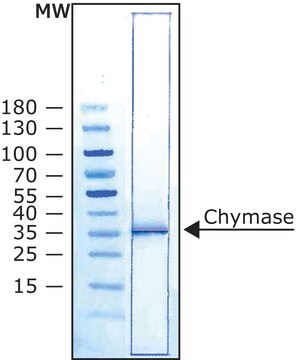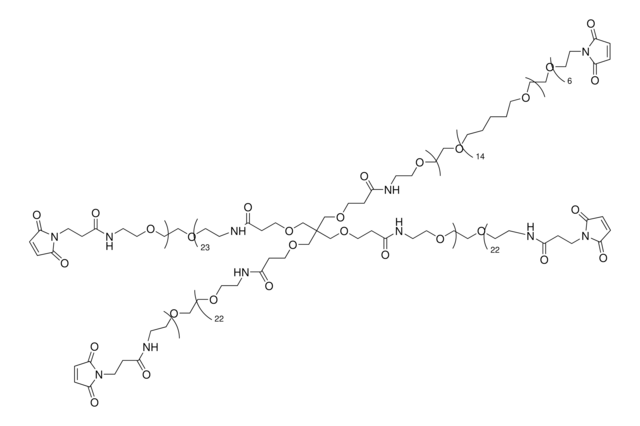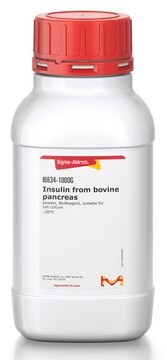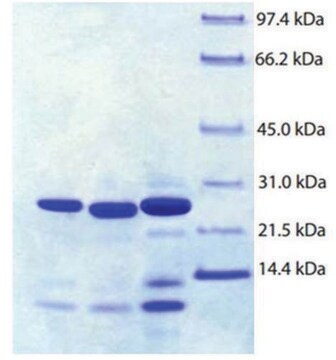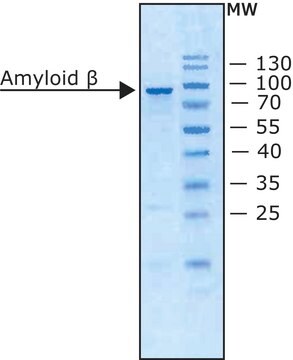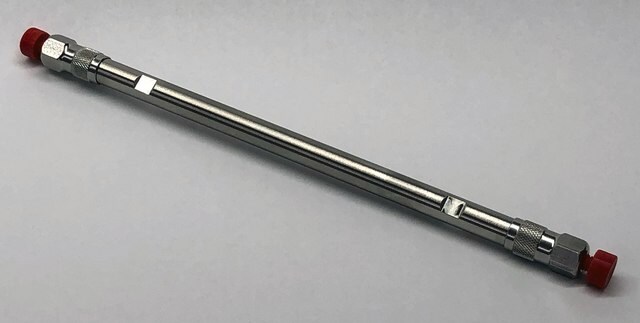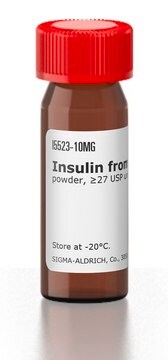Alle Fotos(1)
Wichtige Dokumente
RAB1754
Human Tryptase beta-2 ELISA
for serum, plasma and cell culture supernatants
Anmeldenzur Ansicht organisationsspezifischer und vertraglich vereinbarter Preise
Alle Fotos(1)
About This Item
UNSPSC-Code:
41116158
NACRES:
NA.32
Empfohlene Produkte
Speziesreaktivität
human
Verpackung
kit of 96 wells (12 strips x 8 wells)
Methode(n)
ELISA: suitable
Aufnahme
sample type serum
sample type cell culture supernatant(s)
sample type plasma
assay range
inter-assay cv: <12%
intra-assay cv: <10%
sensitivity: 2 ng/mL
standard curve range: 2.048-500 ng/mL
Nachweisverfahren
colorimetric
Versandbedingung
wet ice
Lagertemp.
−20°C
Angaben zum Gen
human ... TPSB2(64499)
Allgemeine Beschreibung
Tryptase β2 (TPSB2) gene codes for mast cell tryptase β2. It is expressed in whole blood by mast cells and their progenitors. Mast cell βII-tryptase protein is a S1A protease.
Anwendung
For research use only. Not for use in diagnostic procedures.
Please refer to the attached Protocolfor details.
Please refer to the attached Protocolfor details.
Biochem./physiol. Wirkung
Tryptase β2 (TPSB2) can break down the large fibronectin substrate into multiple, smaller peptides ranging in size from approximately 30 to 50 kDa. It can also cleave fibrinogen. TPSB2 is associated with pathological inflammation.
Sonstige Hinweise
A sample Certificate of Analysis is available for this product. Please type the word sample in the text box provided for lot number.
Signalwort
Warning
H-Sätze
P-Sätze
Gefahreneinstufungen
Met. Corr. 1
Lagerklassenschlüssel
8A - Combustible corrosive hazardous materials
Flammpunkt (°F)
Not applicable
Flammpunkt (°C)
Not applicable
Hier finden Sie alle aktuellen Versionen:
Besitzen Sie dieses Produkt bereits?
In der Dokumentenbibliothek finden Sie die Dokumentation zu den Produkten, die Sie kürzlich erworben haben.
S A Brooks et al.
Animal genetics, 41 Suppl 2, 16-22 (2010-11-26)
Inflammatory damage to the digital laminae, a structure responsible for suspension of the distal skeleton within the hoof capsule, results in a painful and often life-threatening disease in horses called laminitis. There can be many diverse causes of laminitis; however
Unser Team von Wissenschaftlern verfügt über Erfahrung in allen Forschungsbereichen einschließlich Life Science, Materialwissenschaften, chemischer Synthese, Chromatographie, Analytik und vielen mehr..
Setzen Sie sich mit dem technischen Dienst in Verbindung.